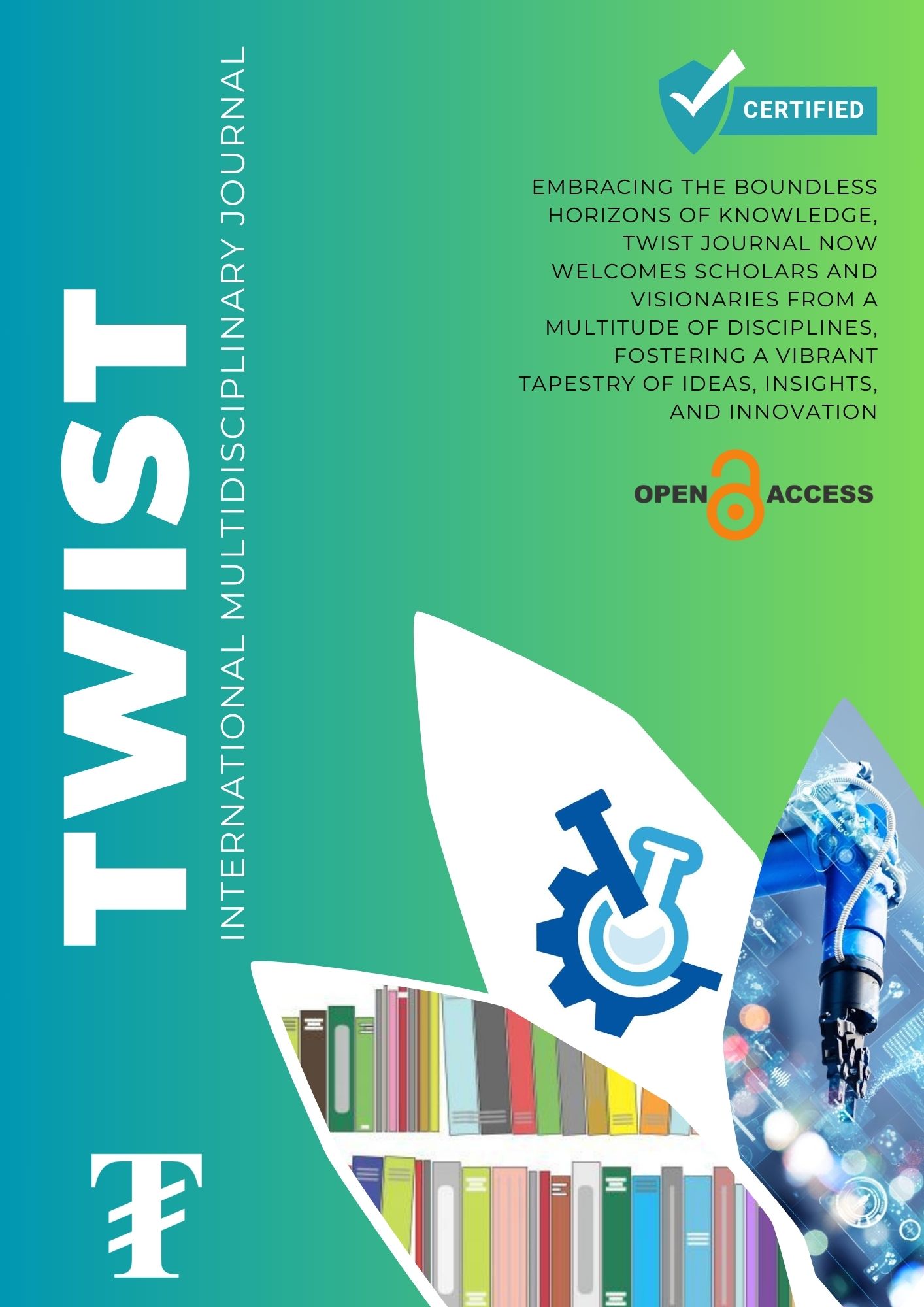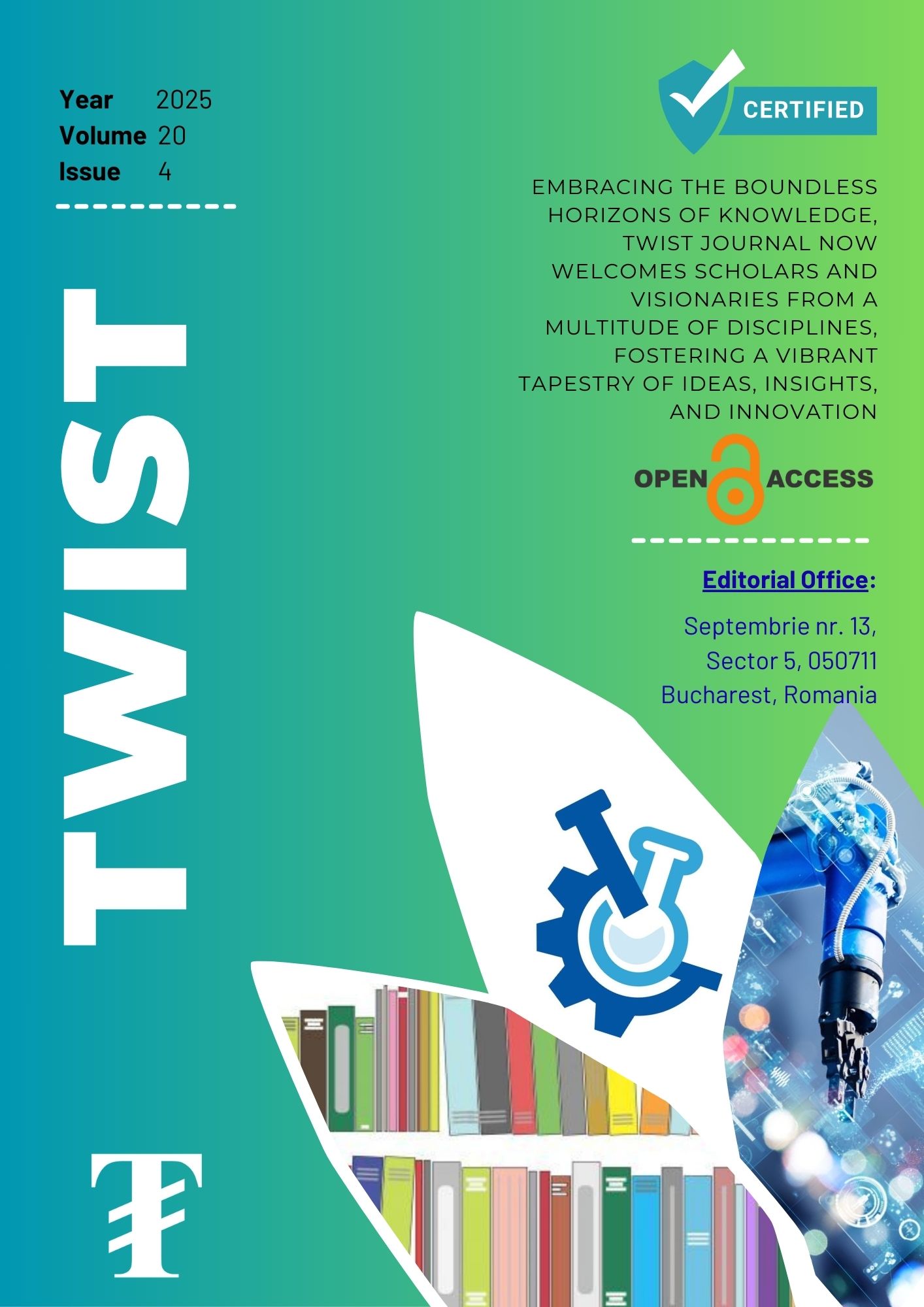Enhancing Early-Stage Detection of Melanoma using a Hybrid BiTDense
Keywords:
Melanoma, Skin Cancer, Benign, Malignant, DenseNet121, Big TransferAbstract
Melanoma, accounting for just 1% of skin cancers, disproportionately contributes to the majority of skin cancer-related deaths in the United States, often originating in normal skin rather than preexisting moles, with nearly 70% of cases not commencing in a mole. Over the past three decades, its diagnosis has surged, outpacing most other cancer types in growth rates. Traditional melanoma recognition methods are cumbersome and costly, but the potential of computer-assisted techniques offers optimism for swift and efficient early-stage identification. Leveraging a standard phone camera for skin image capture and subsequent analysis using computer vision models emerges as a promising approach. In a groundbreaking study, researchers introduced a hybrid model, BiTDense, amalgamating DenseNet121 and Big Transfer R101x1 for early melanoma classification. DenseNet's distinctive dense connections between layers establish direct connections with matching feature-map sizes, while Big Transfer incorporates Group Normalization (GN), dividing channels into groups for mean and variance computation, ensuring computational independence of batch sizes and stability across diverse ranges. BiTDense, with its 93.07% accuracy, 99.43% precision, remarkable 98.87% recall rate, and exceptional F1 Score of 99.15%, not only enhances precise melanoma diagnosis but also signifies a noteworthy advancement in skin cancer detection, owing to its sophisticated architecture involving pre-trained models and custom adaptations.
Downloads
Downloads
Published
Issue
Section
License
Copyright (c) 2024 TWIST

This work is licensed under a Creative Commons Attribution-NonCommercial-ShareAlike 4.0 International License.






